#dutch fairy tales
Text
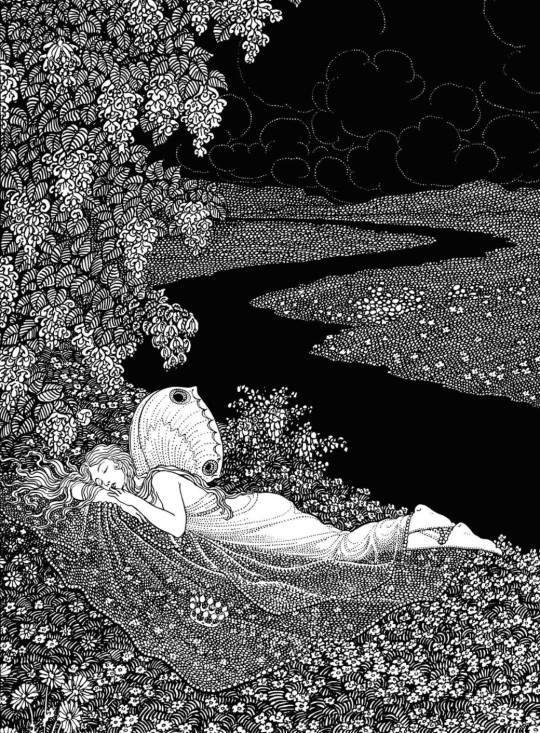
Illustration from Louis Couperus' Psyche by Bernard Reith (1927)
#bernard reith#art#illustration#golden age of illustration#1920s#1920s art#vintage art#vintage illustration#vintage#dutch artist#dutch art#books#book illustration#fairy tale#fairy tales#fairytale#psyche#fairy#fairies#classic art
5K notes
·
View notes
Text
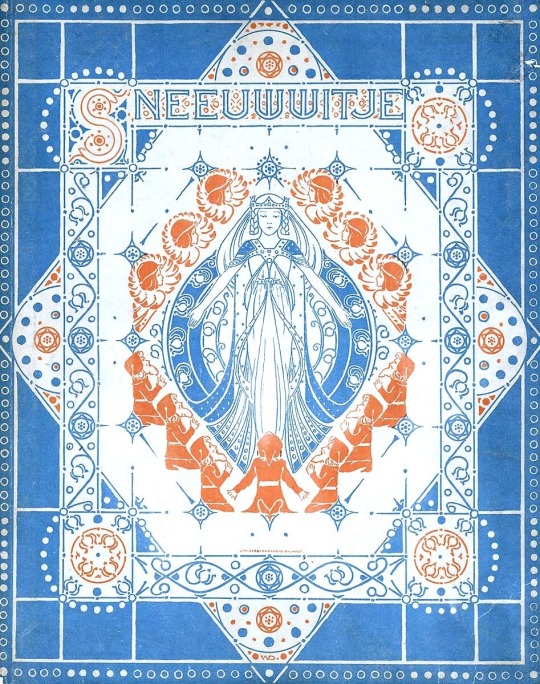
Sneeuwwitje /Snow White
1906
Artist : Wilhelmina Drupsteen (1880-1966)
#dutch artist#art nouveau#snow white#sneeuwwitje#1906#jugendstil#blanche neige#grimm#wilhelmina drupsteen#fairy tale#children's literature#children's books#vintage illustration#fairy story#old illustration#fairy tales
1K notes
·
View notes
Text
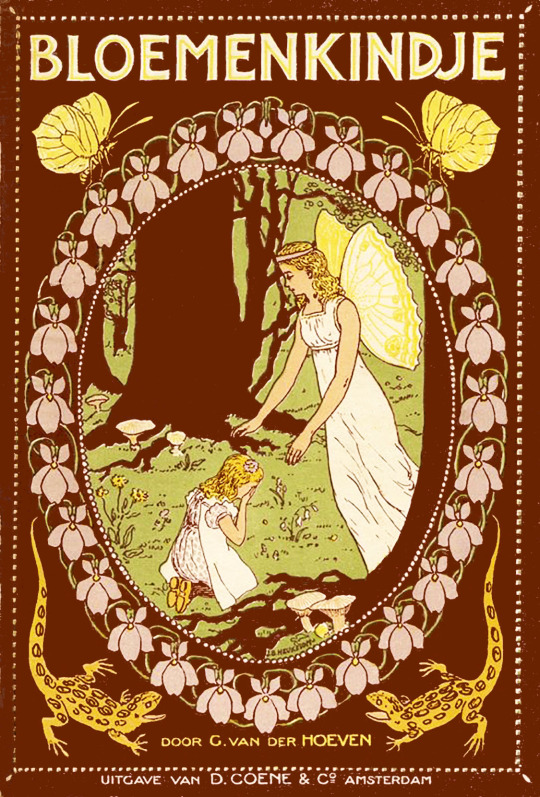

FLOWERCHILD: FAIRYTALE OF GOOD AND EVIL [aka BLOEMENKINDJE SPROOKJE VAN GOED EN KWAAD by D. van der Hoeven.] (Amsterdam: D. Coene, 1901/1906) Cover design by J.B. Heukelom.
#beautiful books#book blog#books books books#books#book cover#vintage books#children’s book#book design#dutch#fairy tales
43 notes
·
View notes
Text

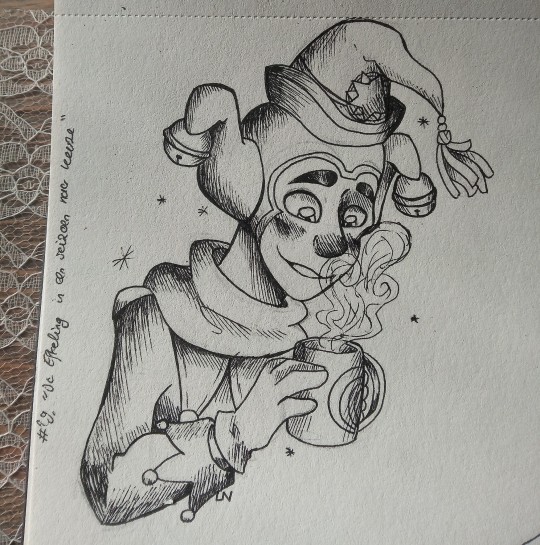

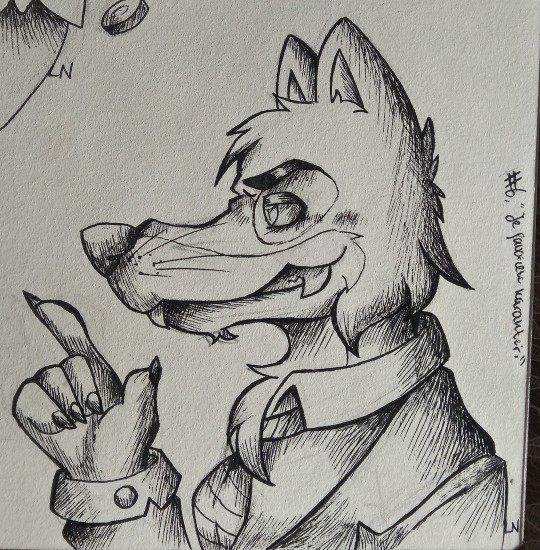
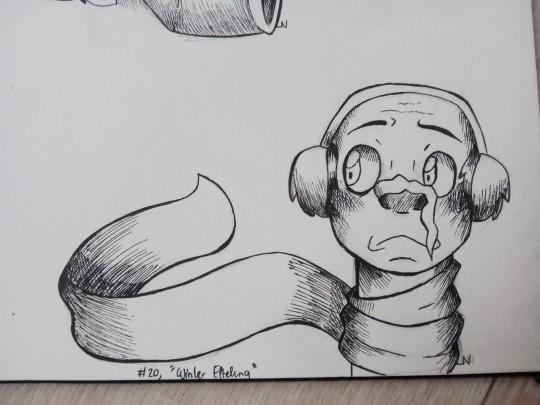


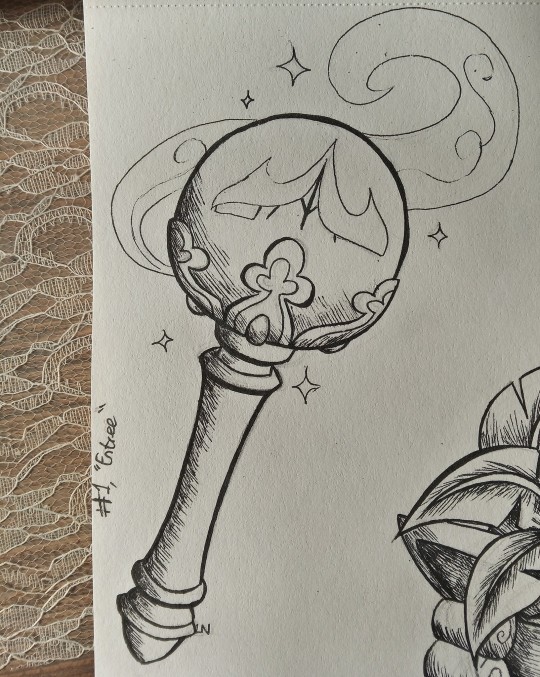

As inktober is nearing its end, thought I'd share some of my favorites from my lineup :)
(The promptlist is by @/ridderspoor_x on Instagram, and if you haven't caught on already, it's Efteling themed!)
#Efteling#fairy tales#theme park#pardoes#the big bad wolf#the pied piper#dutch#nederland#nederblr#kind of#inktober#inktober 2023#my art i guess
25 notes
·
View notes
Text

Psyche by Louis Couperus
#psyche#louis couperus#quote#typography#literature#dark academia#light academia#dead academia#classic academia#original post#fairy tales#dark things#dutch literature#dutch authors#european literature#fairy tale retelling
130 notes
·
View notes
Text
Een Witte Wief

“Your father?! I… He isn’t coming home anymore… the Witte Wieven took him with them into the bog. I’m sorry”
#art#artists on tumblr#illustration#artwork#my art#fantasy#fantasy art#digital art#digital drawing#drawing#procreate#witte wieven#banshee#Dutch#cryptid#Dutch monster#fairy tale#fairy tale aesthetic
5 notes
·
View notes
Text
A wild (mother) goose chase for a lost fairy tale
In august 2020 Forbes published an article about how writer and illustrator Pete Jordi Wood had uncovered a “charming gay fairytale” that “has been lost for 200 years”. In particular a story where a sailor wins the hand in marriage of a handsome prince. Wood is quoted as calling it an “unbelievably and fabulously gay” plot, and: “an ancient tale with a positive portrayal, of a guy who can be read as gay or asexual, but certainly queer”.
Obviously I was wild to read it, but sadly Wood’s adaptation of the fairy tale had been published as a limited edition children’s book and virtual exhibition that I could not access. Even more disheartening, the folklore sources were not named on his website, and his research was only available in a limited edition essay collection and zine that I would have to buy.
To make matters worse, the Forbes article said that Wood had translated variations of the story from Danish, German and Frisian. That was absolutely too close to home for me not to go looking for it! Except I had very little to go on, because again, Forbes didn’t give sources.
The article said only this:
Wood called the story “The Dog And The Sailor”
The protagonist is an adventurous sailor with an overprotective mother who defeats a beautiful evil witch and wins the hand in marriage of a handsome prince.
Wood found it in the Stith Thompson’s six-volume Motif-Index of Folk-Literature under a tale type called “The Dog and the Sea” which existed in multiple languages (Danish, German, Frisian and others), but not in English.
It was first written down in the 1800’s.
I could find only one mention online with more information, on the Simmons University website:
“Originally a Danish folktale documented by the folklorists Nikolaj Christensen and Jens Kamp, this story has been translated into English for the first time by Pete Jordi Wood.”
The consequence of all this is that I have been hunting for this fairy tale for a very long time and with the help of two amazing Danish followers and a lot of frantic internet searches, I’m finally convinced that I have! So, if you want to follow me into my obsession, you can find it all under the readmore.
Of course the first thing I did was try to find this tale type “The Dog and the Sea” in the Stith Thompson Motif-Index, but it was a dead end. I couldn’t find any fairy tale called “The Dog and the Sea” or “The Dog and the Sailor” anywhere. What I was able to find was a podcast called “There’s a Story for That” that gave a recap and review of Wood’s “The Dog and the Sailor”. So now at least I knew the full outline of the story:
A beautiful, evil witch curses a faraway tropical kingdom, charming everyone into submission, transforming them into animals and sinking the kingdom to the bottom of the ocean.
An English boy called Ruan wants to become a sailor and his protective mother eventually lets him go after he fails at being a tailor.
She gives him her life savings, a medical balm and a dagger.
Ruan joins a sailing crew, shipwrecks in a storm and washes up on the shores of France.
When his money runs out he gets so desperate that he contemplates walking into the sea, but at that moment a curly haired dog emerges from the waves and offers to help him. He fills Ruan’s purse with money and instructs him to pay double for everything he buys.
When he has spent all the money Ruan returns to the dog, gets a thousand gold pieces and is instructed to get a ship and a crew.
They sail off, but the sea witch sends a storm dragon to sink them. The dog defeats the dragon while the crew hides below deck.
They find the dog grievously wounded, but Ruan heals him with his mother’s balm.
The dog tells Ruan to go out in a row boat and jump into the sea, much to the terror of the crew.
Ruan sinks to the sunken kingdom unharmed and the dog leads Ruan to the town, where a beautiful woman (the witch) comes to meet him.
She promises him half of her kingdom if he’ll be her spouse. Ruan refuses and stabs her to death with the dagger. She explodes into dust, leaving behind only a belt with silver keys.
Ruan enters the castle and the dog is already inside to lead him to the dungeon, where they find a caged lion.
The dog instructs Ruan to cut off his head and tail and swap their places. This turns the lion into an old man, the king.
The king praises Ruan for being the only person who managed to resist the witch. All the animals in the castle turn human, including the dog, who is the king’s son.
The king suggests Ruan and his son rule the kingdom together. Ruan wants to accept, but feels he has to return to his mother. So the king gives him a ship full of gold instead. By then the kingdom has risen to the surface again.
Ruan sails back to his mother, who praises him, but tells him to go back to marry his prince.
He returns and marries the handsome prince.
The next step was looking at the mentioned authors, I was lucky enough to come across a book by Stephen Badman, who had translated a large selection of the fairy tales Jens Kamp published in 1879 and 1891 and published them in 2016 under the title “Folk and Fairy Tales from Denmark – Stories collected by Jens Kamp”. I couldn’t be sure that the right story was in there, but it was! The book included a story called David Cotterson (David Husmandssøn), which was clearly Wood’s source, but did have notable differences:
The witch and the kingdom are never mentioned in the beginning.
The hero is called David, his nationality is not given, he has two parents and no parting gifts are mentioned.
He shipwrecks and washes up on the coast of England.
The helpful dog is described as “large, black and shaggy”.
The dog gives David first five hundred ducats, then a thousand ducats, and the third time two thousand ducats and the assignment to have a ship built.
Again the crew hides from a storm and the dog gets injured, but the dog gives David a flask of healing oil to cure him with. It is never said that the witch causes the storm.
The dog warns David explicitly that he will meet a beautiful woman near a golden castle, who would attempt to seduce him, but that if he gives her as much as a kiss all will be lost.
He gives David a sword an instructs him to cut her down, take her keys, and go to the castle where he will be waiting for him.
As soon as he kills the woman he hears his crew shout, because suddenly the land has risen to the surface again.
Only now it is revealed that the woman was an evil witch who had sent the land to the bottom of the sea.
Once transformed back into humans, the dog and lion explain that the evil witch had been the king’s second wife.
The king offers David half the kingdom as a reward, but David wants to go home, so they fill his ship with treasure instead.
David says goodbye to the prince and the king, sails home to England, sells his ship, shares the riches with his crew, returns to his overjoyed parents and settles down with them to live a long, happy life.
I personally really enjoy this folktale. It’s fun and quite unusual. I’ve posted a more complete summary here for extra context. Also, Badman’s translations are very pleasant to read, I really recommend buying this book. Now I’ve read his source, I’m inclined to agree with one part of Wood’s claims, that you could read it as asexual. It’s pretty rare to find a fairy tale like this that doesn’t end in a wedding. But the fact that this Danish tale doesn’t end in a marriage, unlike Wood’s adaptation, does rather dampen the “lost gay fairy tale” claim.
But there are other versions of this story! I thought it might possible that one of the stories might have ended with “rule side by side with my son”, which really would be very easy to read as a “gay marriage without calling it a marriage”. So, I wanted to see if Nikolaj Christensen had also collected a variant. Sadly, Christensen’s work is even more obscure than Kamp’s outside Scandinavia. Again, Stephen Badman has translated some of them, but I had no idea what the folktale would be called and I couldn’t exactly justify buying several books just in the hope that it would be in there.
As far as I could tell, there had been only one complete collection of Christensen’s work: Folkeeventyr fra Kær herred (Folk tales from Kær Herred), by Nikolaj Christensen, published by Laurits Bødker with Akademisk forlag; København (1963-67). The index is available online and it seemed to me that “Matrosen og kongen” (The sailor and the king) or “Et sømandsæventyr” (A sailor tale) had definite potential to be the story I was looking for.
So, I decided to ask my Tumblr dash for Danish help. And let me tell you, the Danes delivered. @violetdesolation messaged me that they had found the book in their university library and kindly offered to send me some scans. They found both “Matrosen og kongen” and “Et sømandsæventyr” for me, but noticed that the book they got didn’t include all the folktales in the index I found. We both looked for a dog that turned into a prince, but found nothing.
But by then a second helpful Dane had gotten their hands on the book and this time it was the complete version! They kindly offered to skim the whole thing for me and just to be sure I gave a whole list of story elements to look out for. And that is how we uncovered that “Et sømandsæventyr” (A sailor tale) was actually the story I was looking for! Only it was just different enough from “David Husmandssøn” that I hadn’t noticed! In this version the protagonist was Dutch instead of English and in the end it never even clearly says that the dog turns into a prince! But it was definitely a variant of the same story. It has many similarities with Kemp’s version, but a few key differences:
The protagonist is called Johan, only his father is mentioned, and they are said to be Dutch.
He shipwrecks and washes up in France, not England.
Johan actually tries to drown himself.
The talking dog is specifically said to be a poodle.
There are a lot of details missing, like the description of the storm that injures the dog or the specific method to transform the lion back into a human.
The witch is described merely as “beautiful” and while she does suggest marriage to Johan it is never said that no one else could resist her or that many have tried.
While the dog does say he is a transformed prince, the story never states that he becomes human again (hence why Violetdesolation and I didn’t find the story on first glance).
This king does not speak and this witch is not revealed to be his second wife.
As a reward Johan may choose between becoming a minister in the saved kingdom’s government or to leave with as much gold as he can carry, he chooses the gold and goes home, but his father is not mentioned again.
If you want to read the full story, you can! You can find the scans of the Danish text that the kind @violetdesolation provided here, and a full English translation can be found here, courtesy of the second Danish folklore sleuth, who preferred to stay anonymous. I also want to give a big shout-out to @ymfingsteadilyon who also offered to get the book from their library.
So now I had confirmation that this was indeed a Danish fairy tale first recorded in the 1800’s, that, while sadly lacking a gay wedding, did definitely invite being read through a queer lens. However, the article had claimed there was also a German and a Frisian version. Which probably meant there was also a Dutch version and I was determined to find it (and see if it ended in marriage).
It was at this point that I finally finally found the tale type with both “dog” and “sea” in it. The correct name wasn’t “The Dog and the Sea”, it was “The Dog in the Sea”, ATU type 540. To my intense frustration the most complete online ATU index had no examples in that category whatsoever, but at least I knew it existed.
And now I knew the correct name for the tale type, I found this. A German fairy tale encyclopedia from 1990 (the online version was behind a paywall, but I managed to find the book: Enzyklopädie des Märchens, Walter de Gruyter & Co, 1988/1990, ISBN 978-3-11-011763-9) that had a whole entry on this tale type including sources. My German was just good enough to understand these things:
This really was the correct tale type for both Christensen’s and Kamp’s stories and a summary was indeed given in Aarne and Thomson’s folklore classifications.
They presumed that Christensen’s version from 1855 was the oldest.
There were also Swedish and Finnish versions, but these deviated rather a lot from the Danish ones.
There was possibly also a Russian version that might fit this type.
There was also a Dutch version from a publication from 1900/1901.
So, what was this Dutch version they wrote of? The source given was “Huizenga-Onnekes, E. J.: Groninger volksvertellingen 1. Groningen 21958, 60-64; Vk. Tijdschrift voor nederlandsche folklore 13 (1900/1901) 200-202;”, but luckily I didn’t need to go looking for it. Because with the correct tale type I could find it in the Dutch folktale database.
And while it is correct that this story was first published in Dutch the 1900’s, the written source it was based on is from 1804. Which makes the Dutch version the oldest traceable source of this piece of oral folklore! Possibly explaining why Christensen’s version has a Dutch protagonist and why Kamp’s version is the most elaborate, being the most recent one. Because the Dutch version is far shorter and far less interesting:
The protagonist is a skipper who wrecks his ship and washes ashore in great misery.
A black dog comes up to him and offers help, which the skipper accepts despite fearing the dog is the devil.
When the ship is built the dog stays with the skipper so he can pay for everything, including a crew and provisions.
As they sail the dog keeps warning when there is to be a storm. First one that lasts half a day, then three days, then a week.
At last they reach a shore (not underwater) with a golden castle and the dog says it is his father’s castle.
The dog instructs the skipper to spend three nights in the castle and to be silent no matter how bad it gets.
The castle turns out to be haunted and the skipper is horribly tormented, but after the three nights the dog takes the skipper to a room with a large sword and instructs him to behead him.
Doing so turns the dog into a human, who explains that his father had cursed him to become a spectre of a dog.
He rewards the skipper with enough money to last him a lifetime and the skipper leaves with his riches.
This version was written down by 11 year-old Gerrit Arend Arends, who kept a journal around 1804 in which he recorded the stories that seamstress Trijntje “Soldaats” Wijbrands told him. The journal was discovered by his great-great-granddaughter E.J.Huizenga-Onnekes, who eventually published all 17 folktales in: Groninger Volksvertellingen I: Het Boek van Trijntje Soldaats (1928).
The story about the sailor and the enchanted dog is the 15th story in the collection and while it has no name there, I have seen later versions of it called “De dankbare hond” (The grateful dog) and “De hond die geen hond was” (The dog that wasn’t a dog).
So there we are! With a lot of kind help from unexpected places, my honour as a Dutch hobby folklorist is restored. Sadly we were not rewarded with a canon gay wedding from 19th century folklore, but a very good story nonetheless, that is indeed very inviting to read through a queer lens, and a rather triumphant end to a what started as a very wild goose chase.
EDIT: Since writing this, this tale type was added to Wikipedia, with additional interesting references! I wish I had looked for it there again between the beginning and the end of my search, because this took me so long it was published in between.
#the dog and the sailor#another one for laure goes off the deep end#and down the rabbit hole#danish folklore#danish fairy tale#dutch folklore#thanks to everyone who helped!#and the friends who had to hear me yell about this :P#and my sister for the editing of this monster post <3
69 notes
·
View notes
Text

Village,
Oil on Canvas,
60x50cm,
The 'Village' are actually emigrants who leave with houses and villages to distant places.
Don't pack your suitcases, but pack your entire house.
They can float through the skies and worlds for years before they find the ideal place to settle.
#fairy#fantasy#beasts#fairy tale#illustration#creature#children#magical#steampunk#science#ed schaap#dutch artists#surrealism#surreal art#contemporary art#surrealist art#fantastic
3 notes
·
View notes
Text




Summer skies seeming like they were painted as the beginning and ending of a fairy tale 🌱🌬💫🌈
Source: @itsautomaticfaegirl
#fairycore#cottagecore#sunnyafternoon#the netherlands#light academia#artists on tumblr#garden aesthetic#blue skies#summer nights#summer skies#dark fairy aesthetic#fairy tales#photography#film aesthetic#poetry#dutch skies#dutch landscape#rainbow
18 notes
·
View notes
Text
In years long gone, too many for the almanac to tell of, or for clocks and watches to measure, millions of good fairies came down from the sun and went into the earth. There, they changed themselves into roots and leaves, and became trees. There were many kinds of these, as they covered the earth, but the pine and birch, ash and oak, were the chief ones that made Holland. The fairies that lived in the trees bore the name of Moss Maidens, or Tree "Trintjes," which is the Dutch pet name for Kate, or Katharine.
The oak was the favorite tree, for people lived then on acorns, which they ate roasted, boiled or mashed, or made into meal, from which something like bread was kneaded and baked. With oak bark, men tanned hides and made leather, and, from its timber, boats and houses. Under its branches, near the trunk, people laid their sick, hoping for help from the gods. Beneath the oak boughs, also, warriors took oaths to be faithful to their lords, women made promises, or wives joined hand in hand around its girth, hoping to have beautiful children. Up among its leafy branches the new babies lay, before they were found in the cradle by the other children. To make a young child grow up to be strong and healthy, mothers drew them through a split sapling or young tree. Even more wonderful, as medicine for the country itself, the oak had power to heal. The new land sometimes suffered from disease called the val (or fall). When sick with the val, the ground sunk. Then people, houses, churches, barns and cattle all went down, out of sight, and were lost forever, in a flood of water.
But the oak, with its mighty roots, held the soil firm. Stories of dead cities, that had tumbled beneath the waves, and of the famous Forest of Reeds, covering a hundred villages, which disappeared in one night, were known only too well.
Under the birch tree, lovers met to plight their vows, and on its smooth bark was often cut the figure of two hearts joined in one. In summer, the forest furnished shade, and in winter warmth from the fire. In the spring time, the new leaves were a wonder, and in autumn the pigs grew fat on the mast, or the acorns, that had dropped on the ground.
So, for thousands of years, when men made their home in the forest, and wanted nothing else, the trees were sacred.
-From The Legend of the Wooden Shoe (as appears in Dutch Fairy Tales for Young Folks)
#fairy tale#dutch fairy tale#trees#oak trees#sacred trees#animism#posting this partially to spite james cameron and his racist ass#and also because it's genuinely cool
4 notes
·
View notes
Photo

Victorian Tile Dog & Saw Dutch Border Aesops Fables Minton Hollins & C o C1880 ebay antiqueendeavors
2 notes
·
View notes
Text
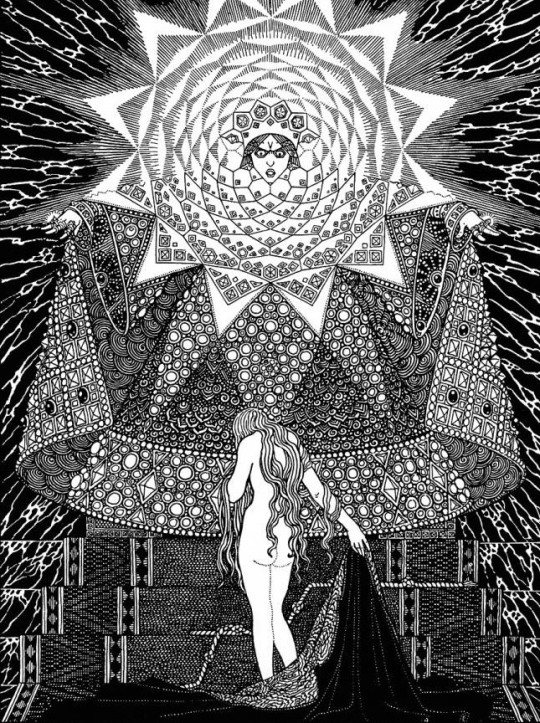
Emeralda and Psyche, from Louis Couperus' Psyche by Bernard Reith (1927)
#bernard reith#art#illustration#golden age of illustration#1920s#1920s art#vintage art#vintage illustration#vintage#dutch art#dutch artist#books#book illustration#fairy tale#fairy tales#fairytale art#psyche#classic art
1K notes
·
View notes
Text
butterfly
There is a ton of variation in the word for butterfly between different languages, and they’re all actually really interesting. Butterfly, the modern English version, seems to be derived from the Old English buttorfleoge, which is essentially of the same morphological breakdown, being "butter" + "fly." However, more interesting than the words themselves is the story behind them.
According to folk mythology (some credit the Brothers Grimm, but I couldn’t find it specifically referenced in their stories) butterflies were actually witches in disguise who feed on butter left out on windowsills. This theory shows up in some older German cognates, like milchdieb “milk - thief” and botterlicker “butter - licker.”
Another version of the story says that they’re actually named after the yellowish color of their poo, which is supported by the now obsolete Dutch cognate boterschijte which is literally “butter - poo.” Although this was all over the internet, I had a hard time reliably verifying this one, but it’s kinda funny either way.
I might write a few more of these for different languages, mostly because there are a lot of beautiful mythological associations with the soul and the psyche, but the one English ended up with makes them out to be vaguely spooky milk nibblers.
#etymonline.com#The Project Gutenberg eBook of Grimms’ Fairy Tales by Jacob Grimm and Wilhelm Grimm#wordhistories.net#wiktionary.org#etymologeek.com#collinsdictionary.com#insects#fun facts#history#Dutch#Proto-Germanic#Old English#moths#words#icysedgewick.com#wings#nature#witches#folktales#folklore#myths#legends#i thought this would be really cute but i just think its so funny
2 notes
·
View notes
Text

This 1926 Spanish Colonial in Los Angeles, California looks like a fairy tale house. 3bds, 4ba, $2.2M. Love everything but the taxidermy.


Isn't this amazing? The red ceiling is a stunner. Love the fireplace and shelving, too.

It has a large dining room with fairy tale cottage windows.


The kitchen is large, and look at the cute Dutch door. Love the floor.

The primary bedroom is so cozy. It doesn't look big enough to fit a piano, but it's deceiving.


You don't see many red bathrooms. Very nice. I can't decide if I like the uneven tile look.

Cute alcove is a great place to read, but the small desk looks good in here.

Absolutely love the library. It reminds me of a treehouse.

Bedroom #2 is a child's room. It's pretty big, b/c it accommodates some large furniture pieces.

This bath is cool- burgundy subway tiles.

Bedroom #3 with large sliders to the garden, is being used for an exercise space.

The house has several Juliet balconies and a turret tower.

This is a lovely roof top deck.

The garden is so pretty.

Interesting waterfall and pond.

Not much of a driveway, but there's a double garage. The property is very angular and small, 5,299 sq ft lot, but it's in the expensive Hollywood Hills.
211 notes
·
View notes
Text
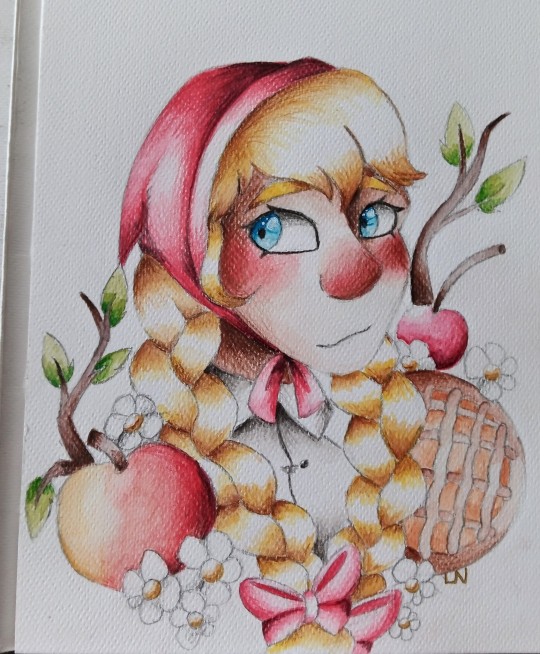


Uhh, Efteling art dump? These are some things I posted over on Instagram recently. Sorry to my non Dutch followers who probably have no idea who the bottom two characters are...
#pardoes#joost#Roodkapje#efteling#raveleijn#symbolica#sprookjesbos#Sprookjesboom#little red riding hood#fairy tales#theme park#Dutch#my art i guess
33 notes
·
View notes
